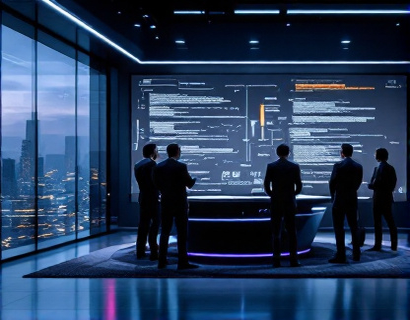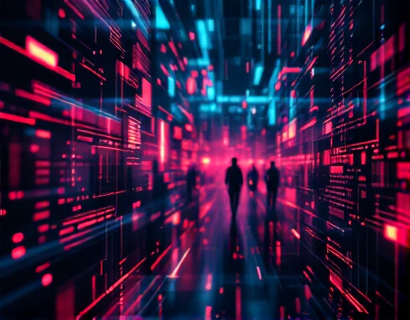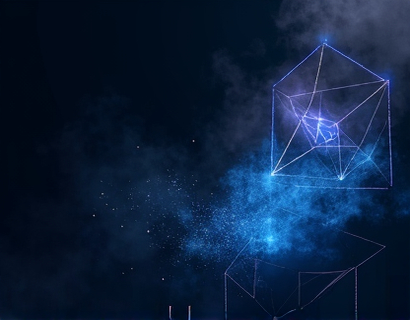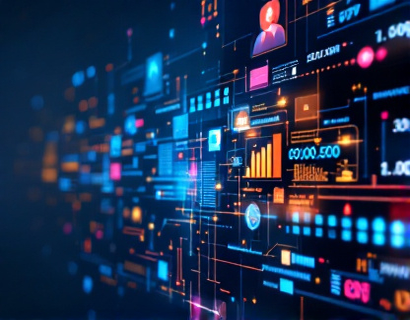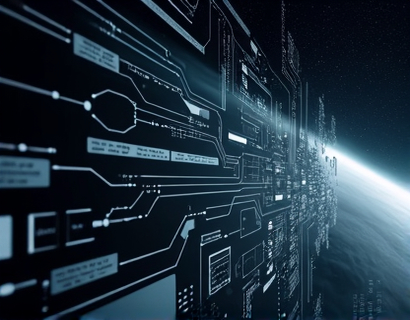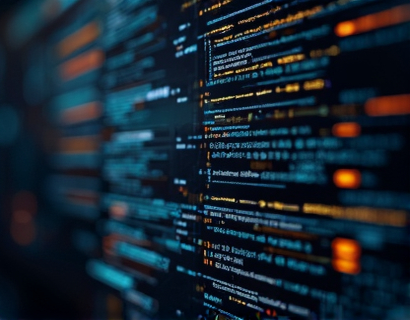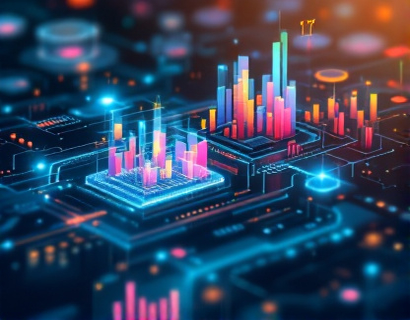Next-Gen Ucosystem Innovations: Leveraging AI and Crypto for Transformative Applications
The intersection of artificial intelligence and cryptocurrency is giving rise to a new era of technological advancements, redefining how we interact with digital systems and experiences. This article delves into the revolutionary impact of merging these two powerful domains, exploring the next generation of tech-driven applications that are transforming the way forward-thinking individuals engage with the digital world.
The fusion of AI and cryptocurrency is not just a technological curiosity but a practical solution to some of the most pressing challenges in the digital space. By leveraging the decentralized and secure nature of blockchain technology with the intelligent and adaptive capabilities of AI, developers are creating applications that are more secure, efficient, and user-friendly than ever before.
Decentralized Intelligence: The Core of Next-Gen Ucosystem Innovations
At the heart of these innovations lies the concept of decentralized intelligence, where AI algorithms run on a blockchain network, ensuring transparency, security, and decentralization. This approach eliminates the need for centralized servers, reducing the risk of single points of failure and enhancing data privacy.
Decentralized AI models can be trained and executed on a distributed network of nodes, each contributing computational power and data. This not only speeds up the training process but also makes AI models more robust and less susceptible to manipulation. The use of smart contracts further automates and enforces the rules governing these AI systems, ensuring they operate as intended without the need for intermediaries.
Enhanced Security Through Cryptographic Techniques
One of the most significant advantages of combining AI with cryptocurrency is the enhanced security it provides. Cryptographic techniques such as public-key cryptography and hash functions ensure that data remains secure and tamper-proof. AI algorithms can be used to detect and mitigate potential security threats in real-time, adapting to new vulnerabilities as they emerge.
For instance, machine learning models can analyze patterns in blockchain transactions to identify suspicious activities, such as fraudulent transactions or attempts at 51% attacks. By integrating these models into the blockchain infrastructure, networks can proactively defend against threats, maintaining the integrity and trustworthiness of the system.
Optimized Performance and Scalability
Traditional AI applications often face challenges related to performance and scalability, particularly when dealing with large datasets and complex computations. The integration of blockchain and AI addresses these issues by distributing the computational load across a network of nodes, thereby increasing processing power and reducing latency.
Moreover, the use of sharding and layer 2 solutions in blockchain technology further enhances scalability, allowing for more transactions to be processed efficiently. AI algorithms can optimize these processes by dynamically adjusting resource allocation and improving the overall efficiency of the network.
User-Centric Applications in Finance and Beyond
One of the most impactful areas where AI and cryptocurrency are converging is in the financial sector. Decentralized finance (DeFi) platforms are leveraging AI to create more intuitive and accessible financial services. For example, AI-driven credit scoring models can evaluate a user's financial behavior and history to provide more accurate credit assessments, all while maintaining user privacy through zero-knowledge proofs.
Beyond finance, the healthcare industry is also seeing transformative applications. AI-powered diagnostic tools can analyze medical data stored on a blockchain, providing accurate and secure insights to healthcare professionals. This not only improves patient outcomes but also ensures that sensitive health information remains confidential and tamper-proof.
Smart Cities and IoT Integration
The integration of AI and cryptocurrency is not limited to digital services; it is also revolutionizing how we manage and interact with physical infrastructure. Smart city initiatives are utilizing AI to optimize resource allocation, traffic management, and public safety, all while ensuring data security through blockchain technology.
Internet of Things (IoT) devices play a crucial role in this ecosystem, generating vast amounts of data that AI algorithms can process to derive actionable insights. Cryptocurrency can serve as a decentralized currency for transactions between IoT devices, reducing reliance on centralized servers and enhancing the overall resilience of the system.
Creative Industries and NFTs
The creative industries are another domain where the combination of AI and cryptocurrency is making waves. Non-Fungible Tokens (NFTs) have gained significant traction, allowing artists and creators to monetize their digital works uniquely. AI can enhance this space by generating unique digital art pieces, composing music, and even writing scripts, all of which can be tokenized and sold as NFTs.
Moreover, AI-driven analytics can help creators understand market trends and audience preferences, enabling them to produce more relevant and engaging content. The transparency and traceability of blockchain ensure that ownership and provenance of digital assets are clearly documented, reducing disputes and fraud.
Challenges and Considerations
Despite the numerous benefits, the integration of AI and cryptocurrency is not without its challenges. Regulatory uncertainties remain a significant hurdle, as governments worldwide grapple with how to oversee these decentralized and often borderless systems. Ensuring compliance while maintaining the innovative spirit of these technologies is a delicate balance.
Another consideration is the environmental impact of blockchain networks, particularly those using proof-of-work consensus mechanisms. The energy consumption associated with mining can be substantial, raising concerns about sustainability. Transitioning to more energy-efficient consensus algorithms, such as proof-of-stake, is essential to mitigate this issue.
Future Prospects and Emerging Trends
Looking ahead, the convergence of AI and cryptocurrency is poised to unlock even more transformative applications. Quantum computing, for instance, promises to further enhance the computational capabilities of AI models, enabling more complex and efficient processes on blockchain networks.
Interoperability between different blockchain platforms and AI systems will also become a focal point, allowing for seamless integration and collaboration across various ecosystems. This will pave the way for more comprehensive and versatile applications, from decentralized autonomous organizations (DAOs) to advanced predictive analytics services.
As the technology matures, we can expect to see more user-friendly interfaces and tools that democratize access to these powerful tools. This will empower a broader range of individuals, from tech enthusiasts to small businesses, to harness the benefits of AI and cryptocurrency in their daily lives and operations.
In conclusion, the fusion of AI and cryptocurrency is not just a technological trend but a fundamental shift in how we build and interact with digital systems. By embracing this synergy, we can create a more secure, efficient, and inclusive digital future, where the potential of both AI and cryptocurrency is fully realized.




